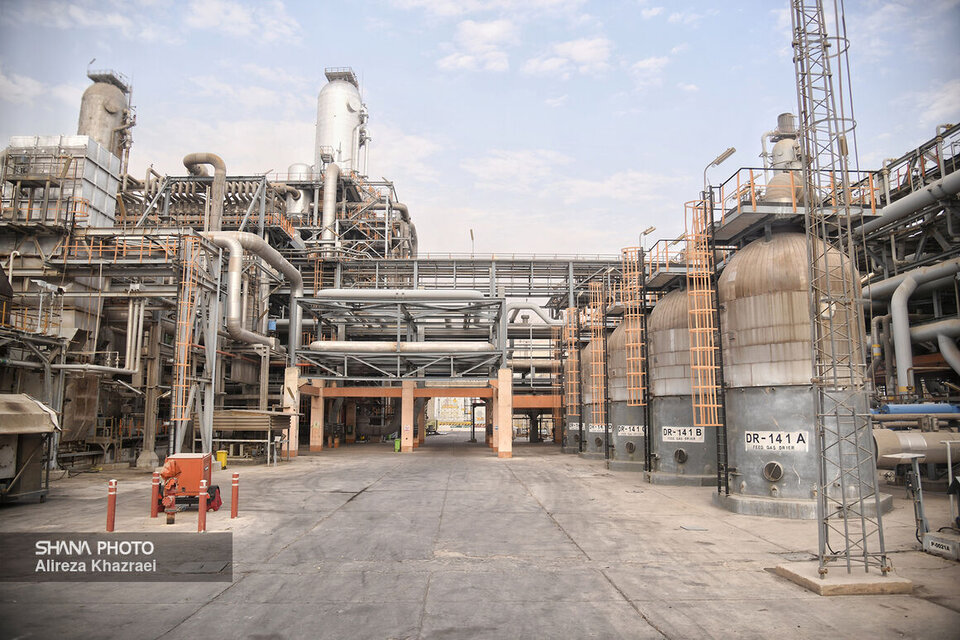Speaking at the opening ceremony of the second Iran Petrochem Conference and Exhibition on Saturday, Ahmad Mahdavi-Abhari highlighted the 8% growth target outlined in Iran’s Seventh Development Plan.
He noted that the plan includes promising opportunities for new technology-based firms (NTBFs), with 49 petrochemical projects centered on these firms requiring at least $24 billion in investment.
“So far, $12 billion has been invested, leaving another $12 billion to be secured.”
Mahdavi-Abhari stated that 12 of the 49 projects planned for collaboration with NTBFs under the Seventh Development Plan are allocated to the Persian Gulf Holding.
He added that the implementation of these projects would increase petrochemical production capacity from 96 million tons to 131.5 million tons.
If achieved, this would generate around $40 billion in wealth creation by petrochemical companies by the end of the Seventh Development Plan (2028).
The Secretary-General emphasized that achieving the goals of the Seventh Development Plan would not only ensure 8% growth but also lead to a 23% annual increase in non-oil exports.
Currently, the petrochemical industry accounts for 30% of Iran’s non-oil exports, and this figure is expected to grow significantly if the targets are met.
Private sector address challenges independently
Mahdavi-Abhari pointed to Iran’s $400 billion GDP, stating that achieving the 8% annual growth target under the Seventh Development Plan would raise GDP to $590 billion, an increase of approximately $190 billion.
He noted that a significant portion of this growth would come from the petrochemical industry.
“If this industry moves forward, it will drive the country’s economic engine. We must remove obstacles along the way,” he said.
He urged the private sector to take the initiative in addressing challenges, rather than relying on the government.
“The association has made significant efforts in recent years to resolve obstacles, such as addressing feedstock shortages. Without these efforts, projects like Apadana Persian Gulf and Hengam would not have been economically viable,” he added.
Mahdavi-Abhari revealed that 10 agreements have been signed in recent years to develop gas fields, with three nearing finalization.
He called on Shariatmadari, the CEO of the Persian Gulf Petrochemical Industries Company, to actively pursue agreements related to upstream holdings.
He noted that implementing these 10 contracts would add at least 220 million cubic meters per day to the country’s gas production capacity.
The Secretary-General also reported that petrochemical companies have supplied $8.5 billion to the NIMA system and the commercial currency market since the beginning of the year, in addition to covering $2 billion in domestic industry expenses.
He projected that the total foreign currency revenue from the petrochemical sector would exceed $10 billion by the end of the current Iranian year (March 20).
The 15th Khuzestan Specialized Exhibition of Petroleum Industry, Equipment, Manufacturing is being held in Ahvaz from Jan. 11 to 14 (Saturday to Tuesday) and is open to the public from 9 a.m. to 5 p.m.


Your Comment